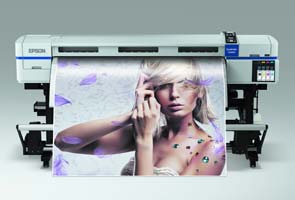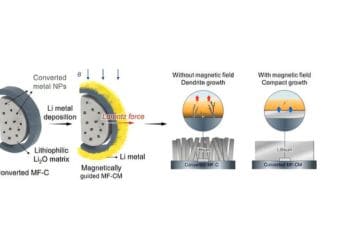- Home
- Laptops
- Laptops News
- Innovative method prints colours without inks
Innovative method prints colours without inks

Conversely, current inkjet or laserjet printers can only achieve up to 10,000 dpi, while research grade methods are able to dispense dyes for only single colour images.
This novel breakthrough - achieved by Agency for Science, Technology and Research Institute of Materials Research and Engineering (IMRE) - allows colouring to be treated not as an inking matter but as a lithographic matter, which can potentially revolutionise the way images are printed, the journal Nature Nanotechnology reports.
The inspiration for the research was derived from stained glass, which is traditionally made by mixing tiny fragments of metal into the glass. It was found that nanoparticles from these metal fragments scattered light passing through the glass to give stained glass its colours, according to a statement from the Agency for Science.
Using a similar concept with the help of modern nanotech tools, researchers precisely patterned metal nanostructures and designed the surface to reflect the light to achieve the colour images.
"The resolution of printed colour images very much depends on the size and spacing between individual 'nanodots' of colour," explained Karthik Kumar, a key researcher.
"The closer the dots are together and because of their small size, the higher the resolution of the image. With the ability to accurately position these extremely small colour dots, we were able to demonstrate the highest theoretical print colour resolution of 100,000 dpi," added Kumar.
Get your daily dose of tech news, reviews, and insights, in under 80 characters on Gadgets 360 Turbo. Connect with fellow tech lovers on our Forum. Follow us on X, Facebook, WhatsApp, Threads and Google News for instant updates. Catch all the action on our YouTube channel.
Related Stories
- Samsung Galaxy Unpacked 2025
- ChatGPT
- Redmi Note 14 Pro+
- iPhone 16
- Apple Vision Pro
- Oneplus 12
- OnePlus Nord CE 3 Lite 5G
- iPhone 13
- Xiaomi 14 Pro
- Oppo Find N3
- Tecno Spark Go (2023)
- Realme V30
- Best Phones Under 25000
- Samsung Galaxy S24 Series
- Cryptocurrency
- iQoo 12
- Samsung Galaxy S24 Ultra
- Giottus
- Samsung Galaxy Z Flip 5
- Apple 'Scary Fast'
- Housefull 5
- GoPro Hero 12 Black Review
- Invincible Season 2
- JioGlass
- HD Ready TV
- Laptop Under 50000
- Smartwatch Under 10000
- Latest Mobile Phones
- Compare Phones
- Huawei Nova 15
- Huawei Nova 15 Pro
- Huawei Nova 15 Ultra
- OnePlus 15R
- Realme Narzo 90x 5G
- Realme Narzo 90 5G
- Vivo S50 Pro Mini
- Vivo S50
- Asus ProArt P16
- MacBook Pro 14-inch (M5, 2025)
- Huawei MatePad 11.5 (2026)
- OnePlus Pad Go 2 (5G)
- Huawei Watch 10th Anniversary Edition
- OnePlus Watch Lite
- Acerpure Nitro Z Series 100-inch QLED TV
- Samsung 43 Inch LED Ultra HD (4K) Smart TV (UA43UE81AFULXL)
- Asus ROG Ally
- Nintendo Switch Lite
- Haier 1.6 Ton 5 Star Inverter Split AC (HSU19G-MZAID5BN-INV)
- Haier 1.6 Ton 5 Star Inverter Split AC (HSU19G-MZAIM5BN-INV)

















